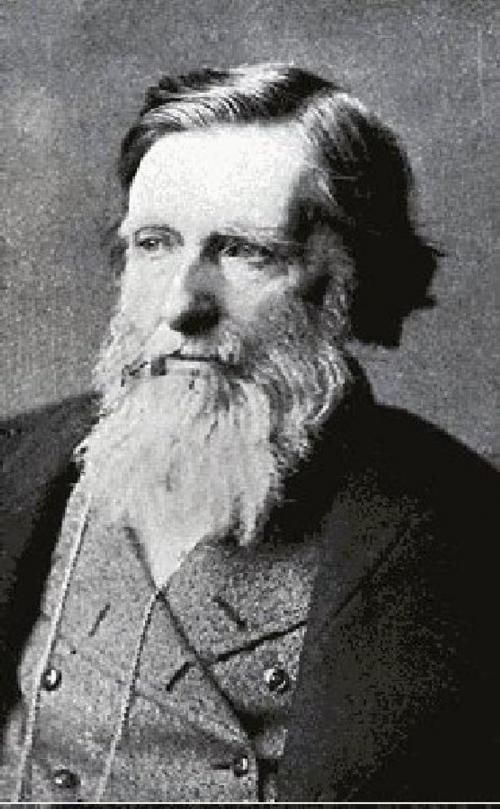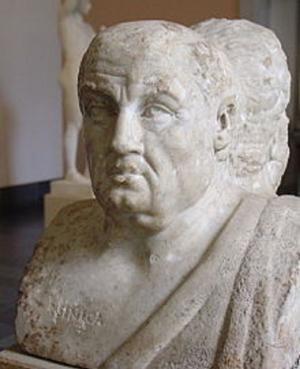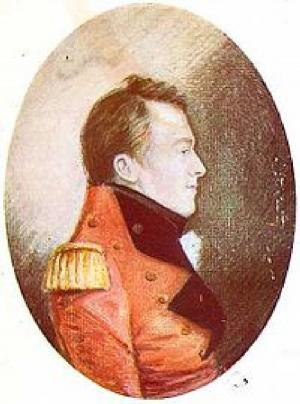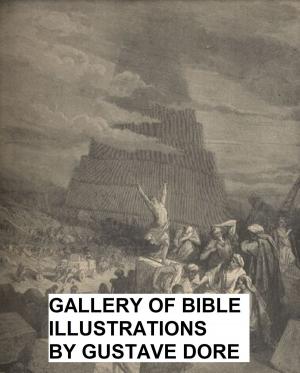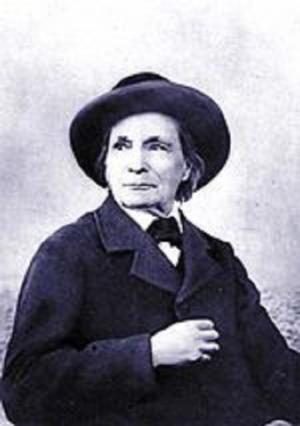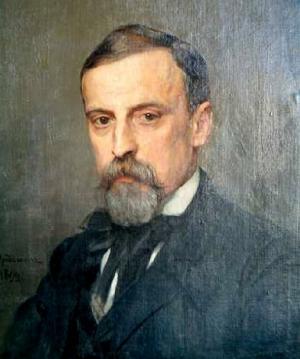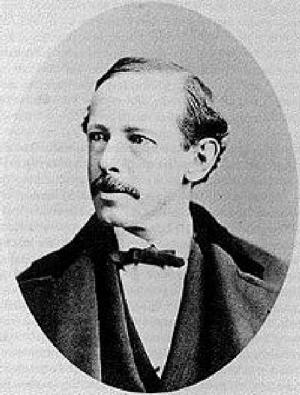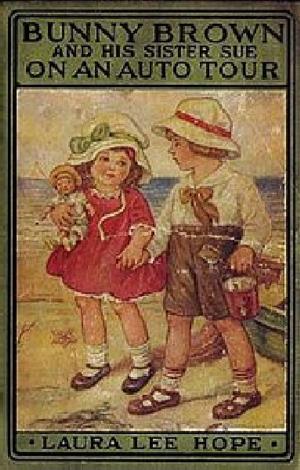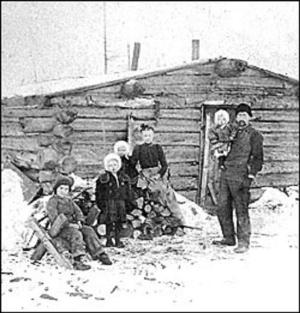| Author: | Ruskin, John | ISBN: | 9781455359172 |
| Publisher: | B&R Samizdat Express | Publication: | June 10, 2015 |
| Imprint: | Quench Editions | Language: | English |
| Author: | Ruskin, John |
| ISBN: | 9781455359172 |
| Publisher: | B&R Samizdat Express |
| Publication: | June 10, 2015 |
| Imprint: | Quench Editions |
| Language: | English |
Classic short story for children. According to Wikipedia: "The King of the Golden River or The Black Brothers: A Legend of Stiria by John Ruskin was originally written in 1841 for the twelve-year-old Effie (Euphemia) Gray, whom Ruskin later married. It was published in book form in 1851, and became an early Victorian classic which sold out three editions. In the "Advertisement to the First Edition," which prefaces it, it is called a fairy tale, one, it might be added, that illustrates the triumph of love, kindness, and goodness over evil; however, it could also be characterized as a fable, a fabricated aetiological myth or etiology, and a parable... John Ruskin (8 February 1819 20 January 1900) is best known for his work as an art critic, stage writer, and social critic, but is remembered as an author, poet and artist as well. Ruskin's essays on art and architecture were extremely influential in the Victorian and Edwardian eras."
Classic short story for children. According to Wikipedia: "The King of the Golden River or The Black Brothers: A Legend of Stiria by John Ruskin was originally written in 1841 for the twelve-year-old Effie (Euphemia) Gray, whom Ruskin later married. It was published in book form in 1851, and became an early Victorian classic which sold out three editions. In the "Advertisement to the First Edition," which prefaces it, it is called a fairy tale, one, it might be added, that illustrates the triumph of love, kindness, and goodness over evil; however, it could also be characterized as a fable, a fabricated aetiological myth or etiology, and a parable... John Ruskin (8 February 1819 20 January 1900) is best known for his work as an art critic, stage writer, and social critic, but is remembered as an author, poet and artist as well. Ruskin's essays on art and architecture were extremely influential in the Victorian and Edwardian eras."
